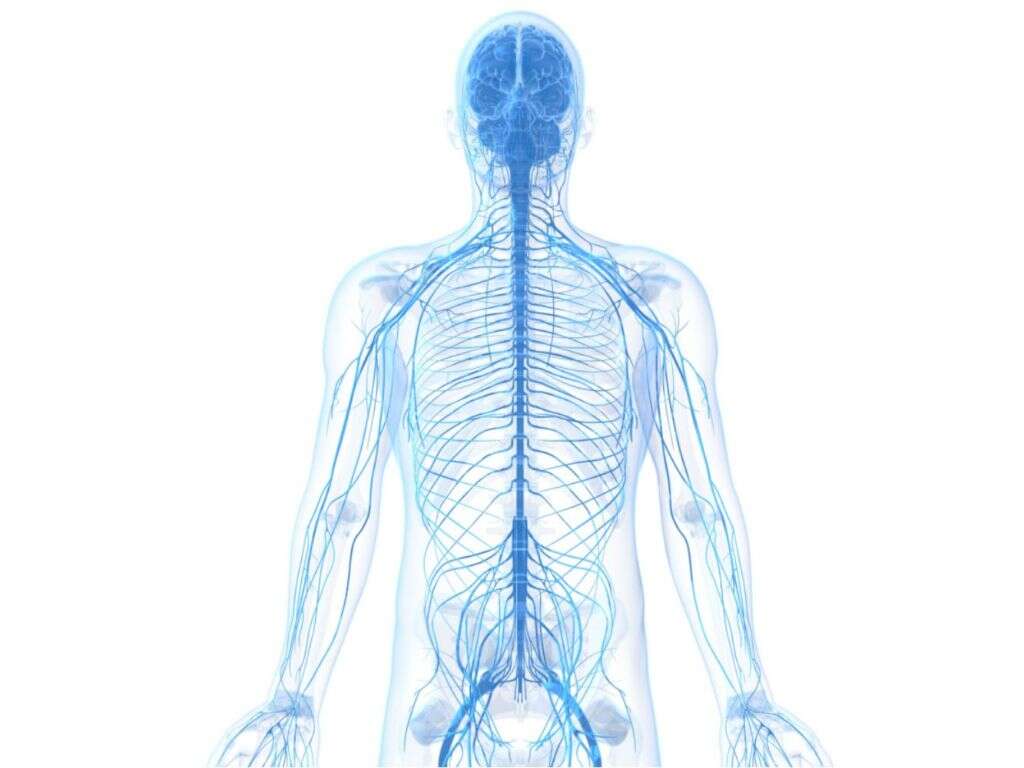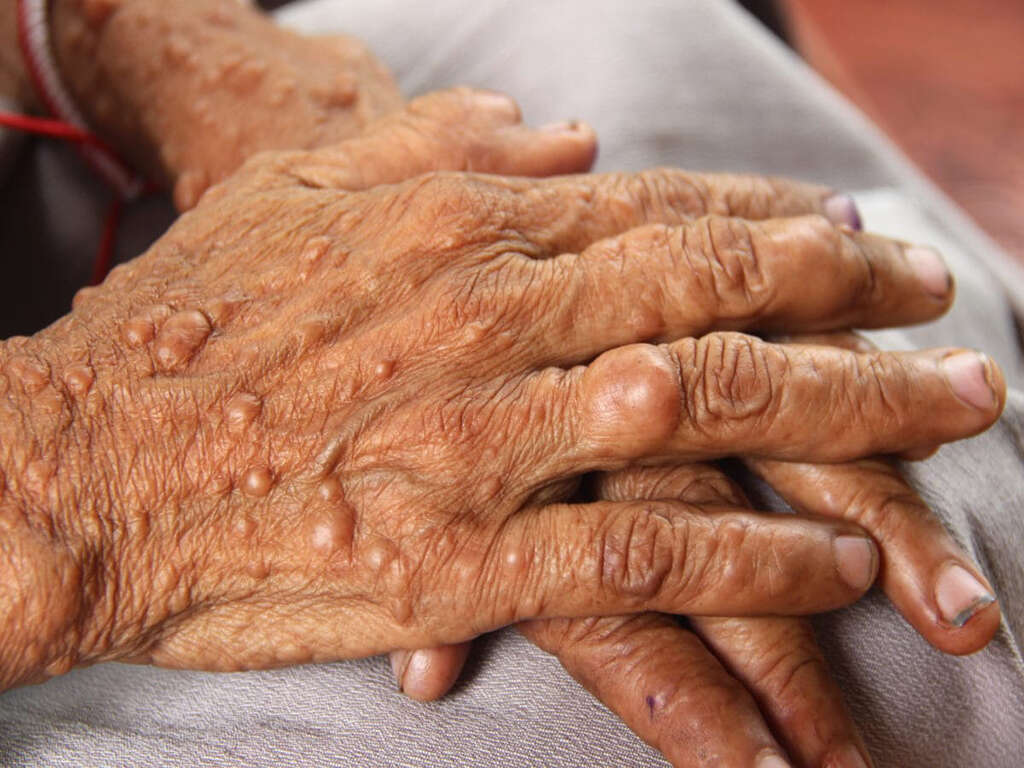What Is Dysautonomia?
9. Autonomic Dysreflexia
As mentioned, some cases of dysautonomia can be caused by injuries, and autonomic dysreflexia is an example of this. It usually happens in people that have suffered injuries to the spinal cord. It occurs when there is an unresolved problem that someone with a spinal cord injury is unable to identify such as urinary tract infections, severe constipation, and fractures. It tends to affect the body below where the injury took place.
The injury means that messages cannot make it to the brain, and spikes in blood pressure levels can result. This leads to symptoms like a red face, blocked nose, nausea, slow pulse, and headaches. Patients will also often experience clammy skin and goosebumps around the area where the injury occurred.
Advertisement











